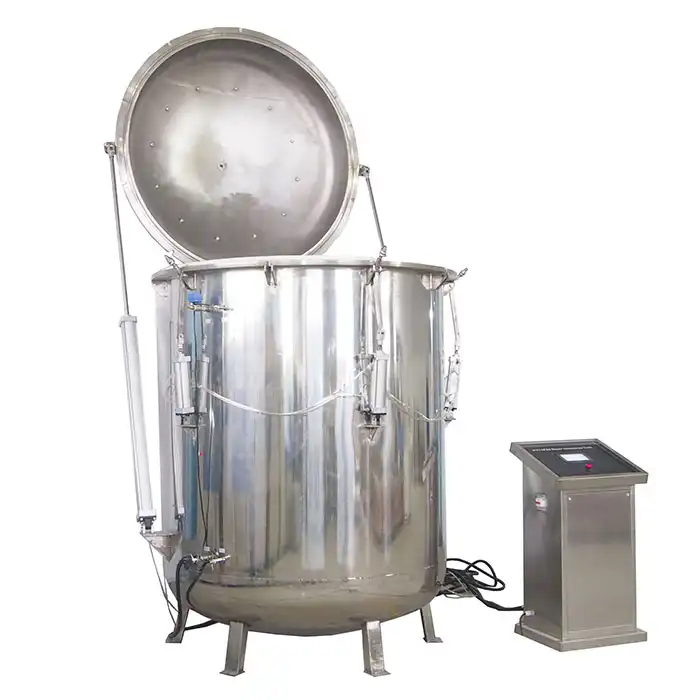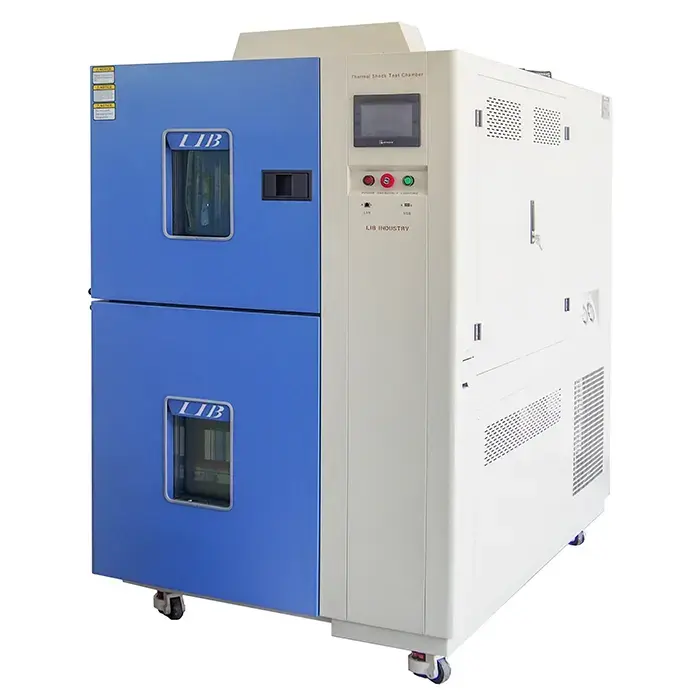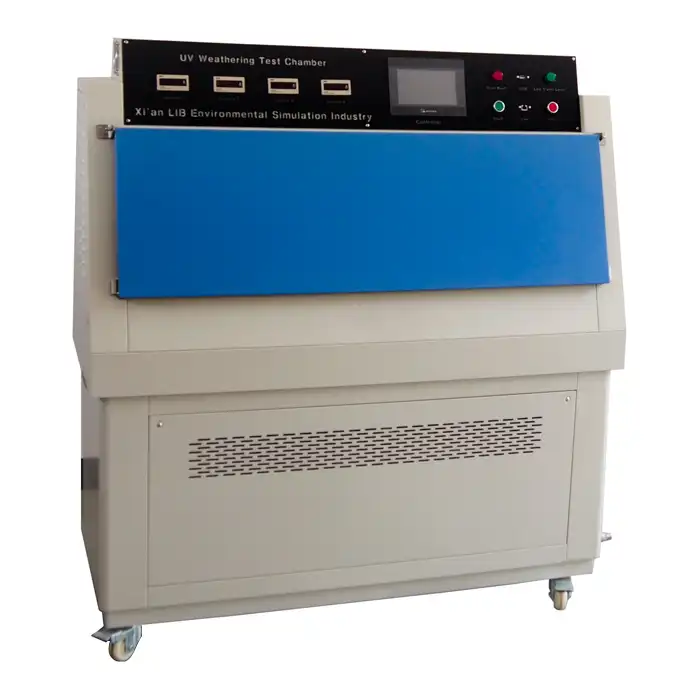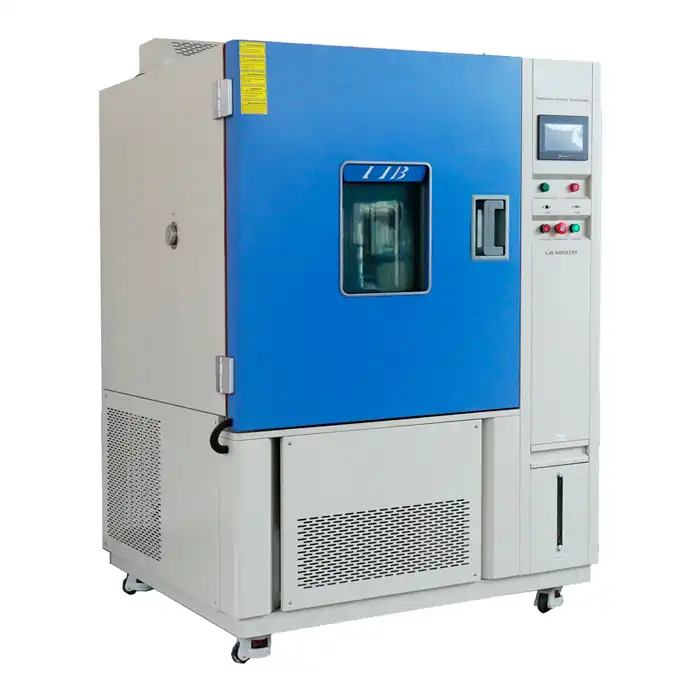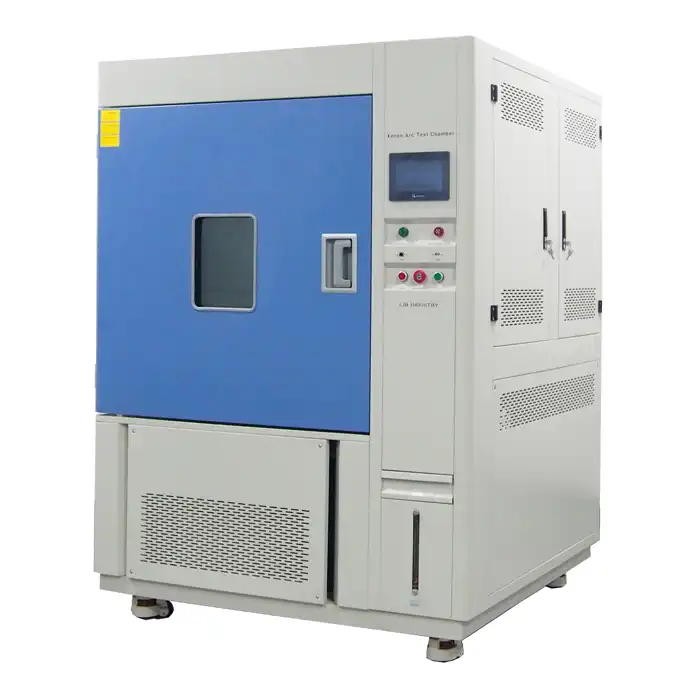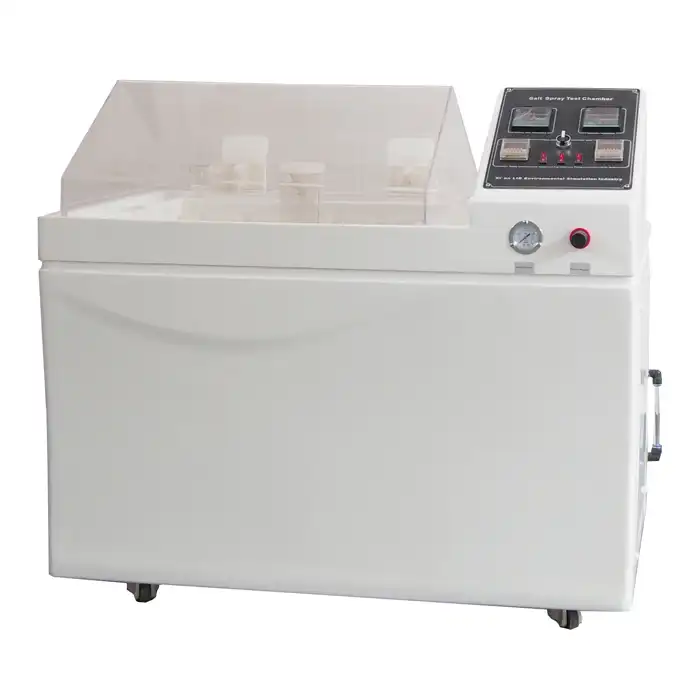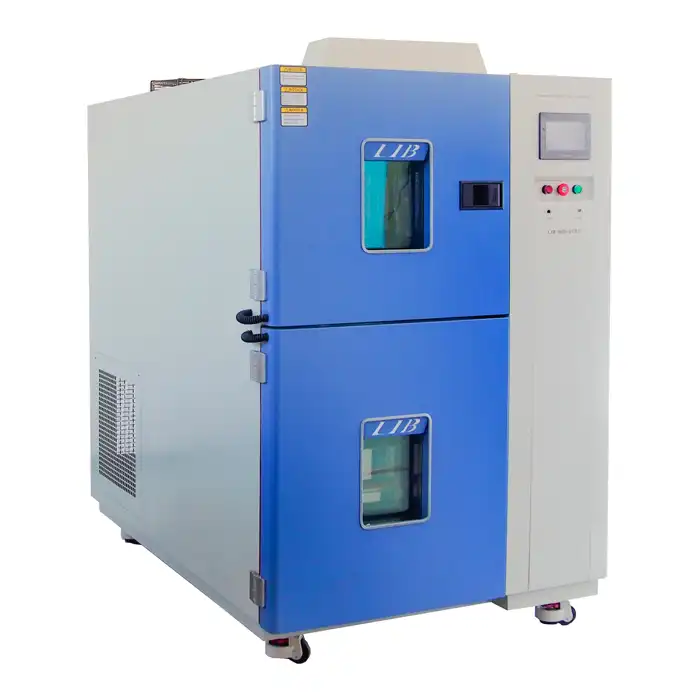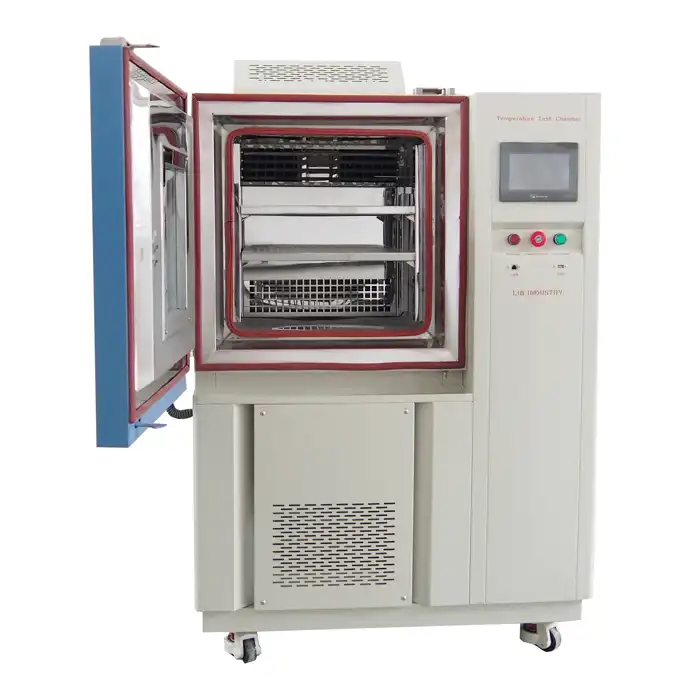How to Troubleshoot Common Benchtop Test Chamber Issues
Benchtop test chambers are indispensable tools in various industries, from electronics to pharmaceuticals. These compact environmental simulation devices allow researchers and quality control professionals to conduct crucial tests on products under controlled conditions. However, like any sophisticated equipment, benchtop test chambers can encounter issues that may affect their performance. In this comprehensive guide, we'll explore common problems and provide practical solutions to keep your benchtop test chamber operating at peak efficiency.

Temperature Control Problems
Temperature control is a fundamental function of benchtop test chambers. When this aspect malfunctions, it can significantly impact test results and product reliability assessments.
Inaccurate Temperature Readings

If your benchtop test chamber shows incorrect temperature readings, it may indicate a problem with the thermocouple or temperature sensor. These crucial components could require recalibration or replacement to ensure reliable performance. To maintain accuracy over time, it's essential to conduct regular calibration checks using certified reference thermometers. This proactive approach not only helps prevent discrepancies in readings but also ensures that your tests yield consistent and trustworthy results. Regular maintenance is key to optimal chamber performance.
Uneven Temperature Distribution

Uneven heating or cooling in your test chamber can result in inconsistent test results, undermining the reliability of your experiments. This problem is often caused by malfunctioning fans or blocked air circulation. To address this, regularly inspect and clean the chamber's interior, removing any obstructions that could hinder airflow. If you continue to experience issues, it may be necessary to check the circulation fan for proper operation or consider maintenance or replacement to restore balanced temperature distribution throughout the chamber.
Slow Temperature Change Response
If your benchtop test chamber is taking longer than usual to achieve the desired temperature, it may signal underlying issues with the heating or cooling systems. Start by checking for potential refrigerant leaks, as well as any problems with the compressor or heating elements. These factors can significantly affect performance and efficiency. If you can't identify the issue yourself, it's advisable to seek professional inspection and assistance. A thorough evaluation will help ensure your chamber operates optimally and maintains accurate testing conditions.
Humidity Control Challenges
Many benchtop test chambers incorporate humidity control features, which can be prone to specific problems.
Inconsistent Humidity Levels

Fluctuating humidity levels can seriously compromise the integrity of your tests, leading to unreliable results. This issue often stems from clogged water lines, malfunctioning humidifiers, or leaks in the chamber's seals. To mitigate these problems, it's essential to regularly clean the water reservoir and humidity generation system, ensuring they function effectively. Additionally, routinely inspecting seals for wear and tear can help maintain a stable environment within the chamber, ultimately safeguarding the accuracy of your testing procedures.
Condensation Build-up
Excessive condensation inside the test chamber can lead to damage to sensitive samples and negatively impact overall chamber performance. To address this, first ensure that the chamber is properly insulated to prevent moisture buildup. Additionally, verify that the defrost cycle is functioning as intended, as this helps manage humidity levels. If condensation persists, consider adjusting the test parameters or enhancing the chamber’s ventilation. These adjustments can help create a more stable environment, ultimately protecting your test samples and ensuring accurate results.
Inability to Reach Low Humidity Levels
If your benchtop test chamber is having difficulty reaching low humidity settings, the desiccant system could be the culprit. Over time, desiccant materials can become saturated and may need regeneration or replacement to effectively absorb moisture. Additionally, it’s crucial to inspect the chamber for any air leaks, as these can allow outside moisture to infiltrate the environment. By addressing these issues, you can enhance the chamber's ability to maintain the desired humidity levels, ensuring reliable and accurate test conditions.
Operational and Mechanical Issues
Beyond environmental control, benchtop test chambers can face operational and mechanical challenges that affect their overall functionality.
Door Seal Problems
A compromised door seal can significantly impact energy efficiency and result in inaccurate test conditions, jeopardizing the reliability of your experiments. To prevent these issues, it's important to regularly inspect the door gasket for any signs of wear or damage, such as cracks or brittleness. Keeping the seal area clean is essential, as dirt and debris can further impair its effectiveness. If you notice significant deterioration, consider replacing the gasket to ensure a proper seal, thereby maintaining optimal chamber performance and reducing energy costs.
Control Panel Malfunctions
Issues with the control panel can severely hinder the functionality of your benchtop test chamber, making it either inoperable or unreliable for testing purposes. If you notice unresponsive buttons or erratic display readings, it’s crucial to check for loose connections or potential software glitches. These problems can often be remedied with simple troubleshooting. Additionally, if your chamber's firmware can be updated, doing so may resolve some of these control panel issues, enhancing overall performance and ensuring accurate monitoring of test conditions.
Unusual Noises or Vibrations
Unexpected sounds or vibrations from your benchtop test chamber can signal mechanical problems that should not be ignored. Such issues might stem from loose components, worn bearings, or complications with the compressor, all of which can affect the chamber's performance. It's essential to promptly investigate any unusual noises to identify the root cause and prevent potential damage to the chamber or your test samples. Addressing these concerns early can help ensure that the chamber operates efficiently, maintaining a stable environment for accurate testing.
Conclusion
Maintaining a benchtop test chamber requires vigilance and regular care. By addressing these common issues promptly, you can ensure the longevity and reliability of your equipment. Remember that while many troubleshooting steps can be performed in-house, complex problems may require professional assistance. Regular maintenance, including cleaning, calibration, and inspection, can prevent many issues before they arise.
Contact Us
Are you experiencing issues with your benchtop test chamber or looking to upgrade your environmental testing capabilities? Our team of experts at LIB Industry is here to help. We offer comprehensive solutions for environmental testing, including state-of-the-art benchtop test chambers and professional maintenance services. Contact us today at info@libtestchamber.com to discuss your testing needs and discover how we can support your quality assurance processes.
References
1. Smith, J. (2022). "Environmental Testing Chambers: Principles and Applications." Journal of Quality Assurance in Manufacturing, 15(3), 201-215.
2. Johnson, A., & Brown, L. (2021). "Troubleshooting Guide for Laboratory Test Chambers." Technical Systems Quarterly, 8(2), 78-92.
3. Wong, R. (2023). "Advancements in Benchtop Environmental Chamber Technology." International Journal of Environmental Simulation, 29(4), 412-428.
4. Garcia, M., et al. (2022). "Best Practices for Maintaining Accuracy in Environmental Test Chambers." Quality Control Today, 17(1), 55-70.
5. Thompson, K. (2021). "The Impact of Proper Calibration on Test Chamber Performance." Metrology and Measurement Systems, 28(2), 301-315.
6. Lee, S., & Park, H. (2023). "Innovations in Humidity Control for Small-Scale Test Chambers." Journal of Environmental Engineering and Technology, 42(3), 189-204.



